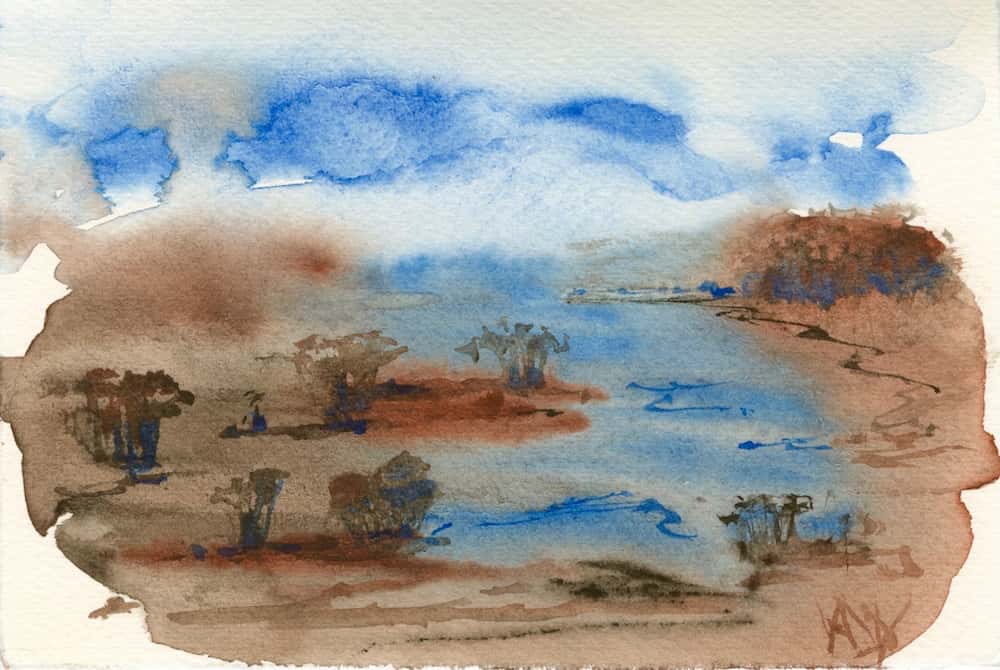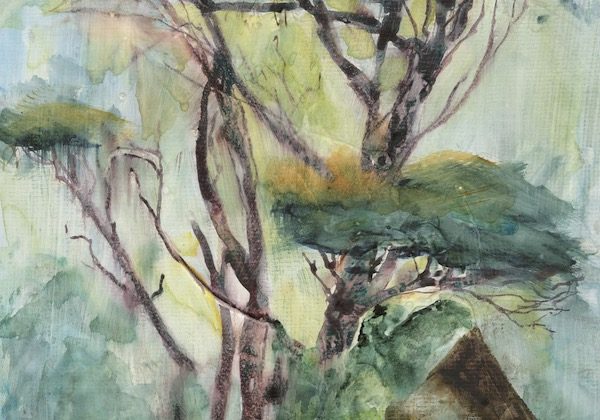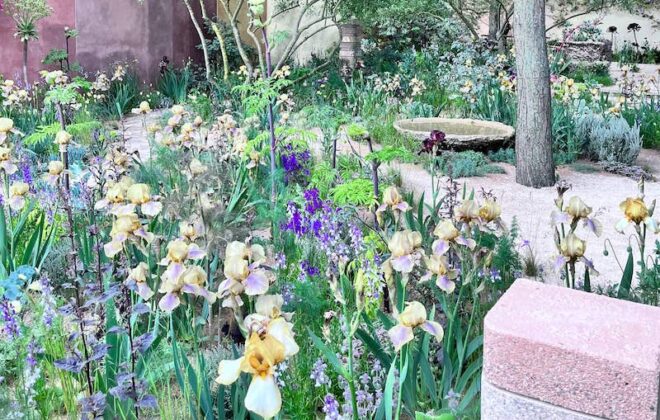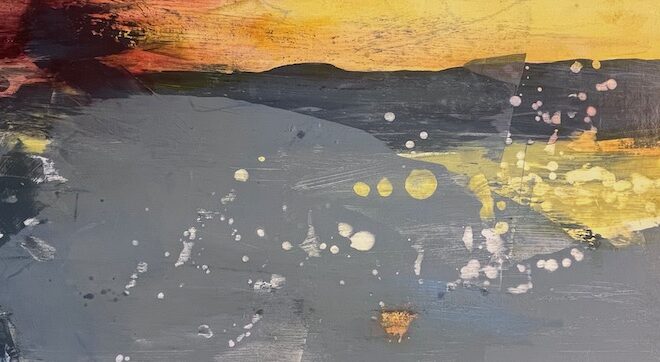Testing My Handmade Paints
In 2015 I made my own watercolour paints. I do these sort of things out of sheer curiosity. I wanted to know how they were made in order to learn first hand, what makes watercolour work. Then I had to start the process of testing my handmade paints. (Read about the process of making them in this blog post).
After that, the fun of using them begins.
Until I tested the paints for consistency and lightfastness, I was not going to use them in any painting that were for sale. I had to be able to guarantee the quality of my materials and while the handmade watercolours are really interesting to make, they were not yet tried and tested.
First I decided to get to know them by painting a series of very simple greeting cards which were sent off to family and friends.
The paper used was a Fabriano pre-cut watercolour greeting card pack. It’s quite soft and takes paint well, but has a tendency to blur a little. However, for it’s purpose, it was absolutely fine.
The Testing Process
Here’s my testing process:
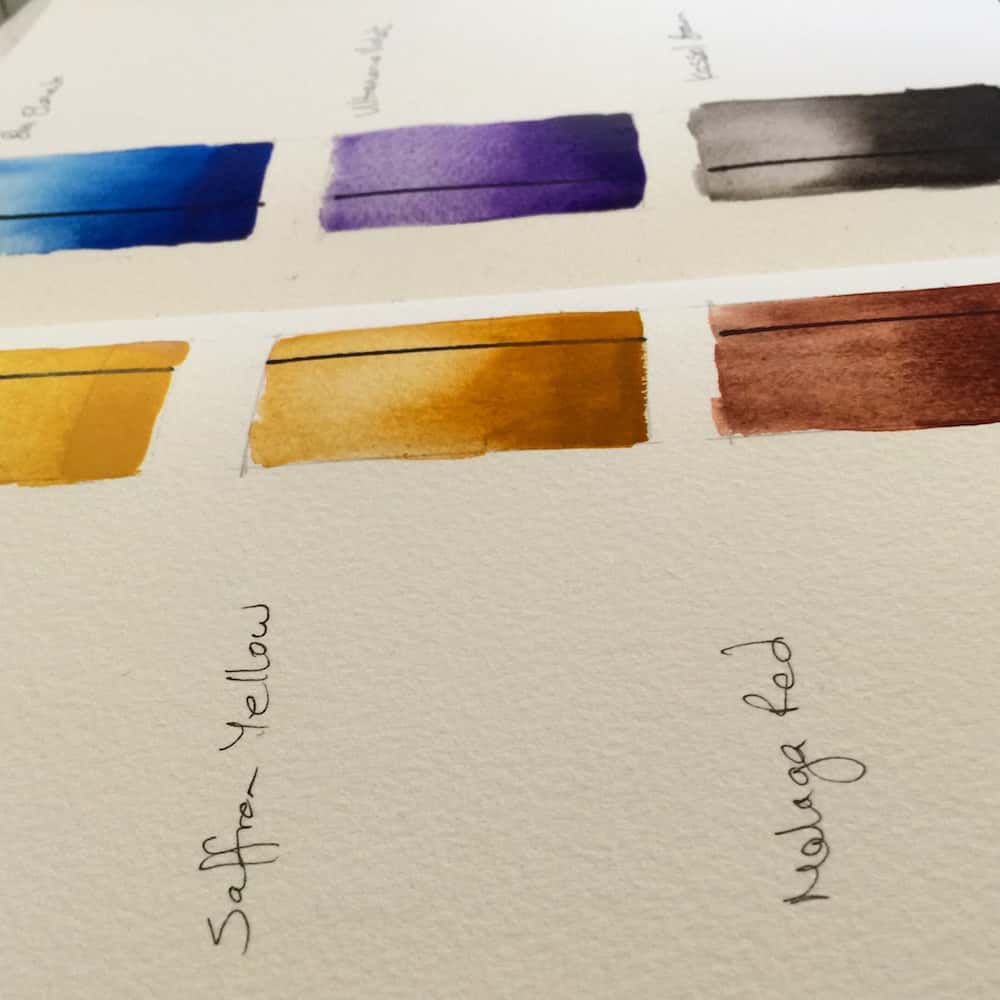
Naturally, I creating swatches in my colour journal. The details will be added as I get confirmation of the characteristics of each paint.
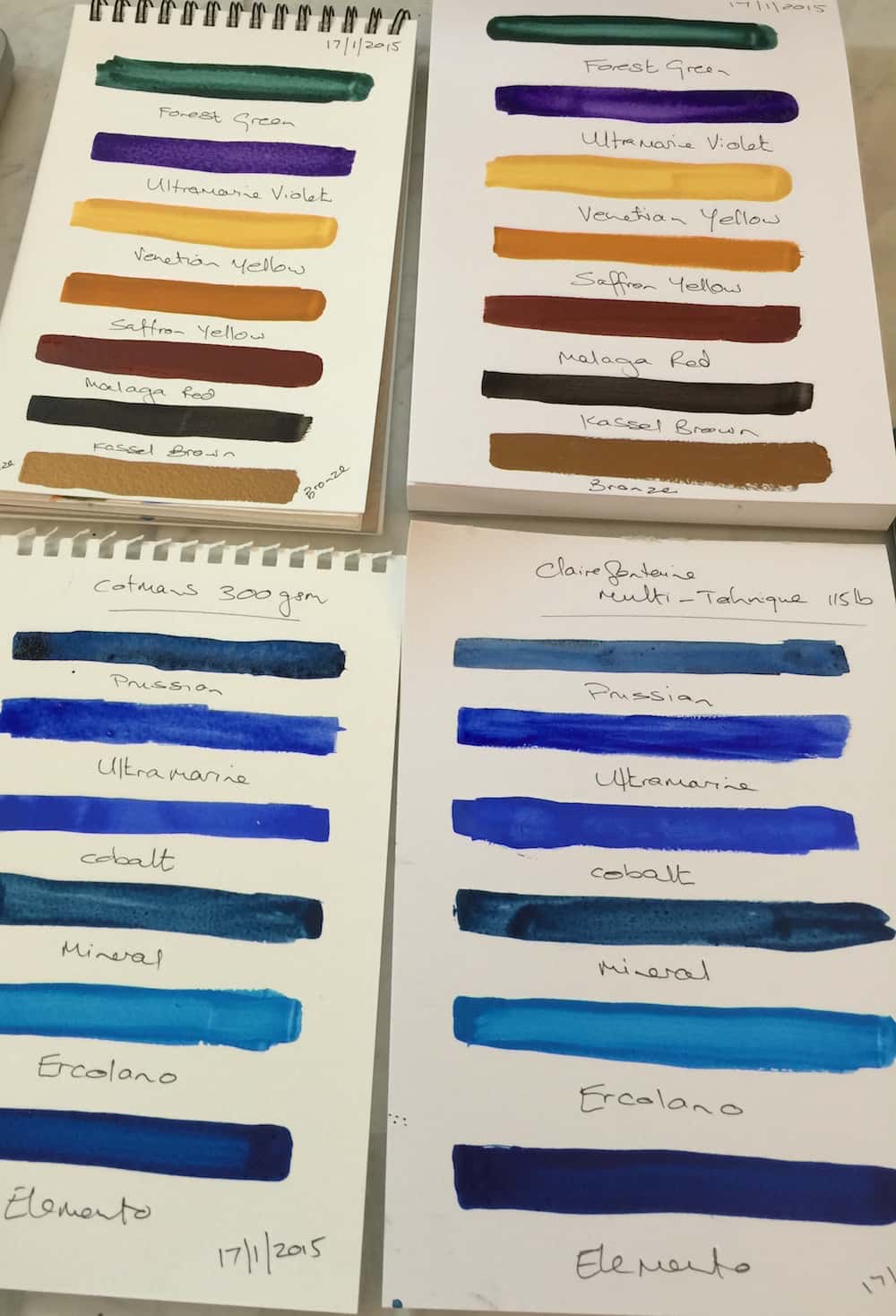
I also wanted to see how the paint reacted in different papers. As I mixed them, I tried each one on three sheets of watercolour papers of various weights and textures. They reacted well on all of them. Then I checked specifically for colour fastness – which took some time. (Two years to be precise).
To do that, I painted a stripe of each of my 13 handmade watercolours on two different papers. One is a 300lb watercolour paper, and the other a mixed media paper.
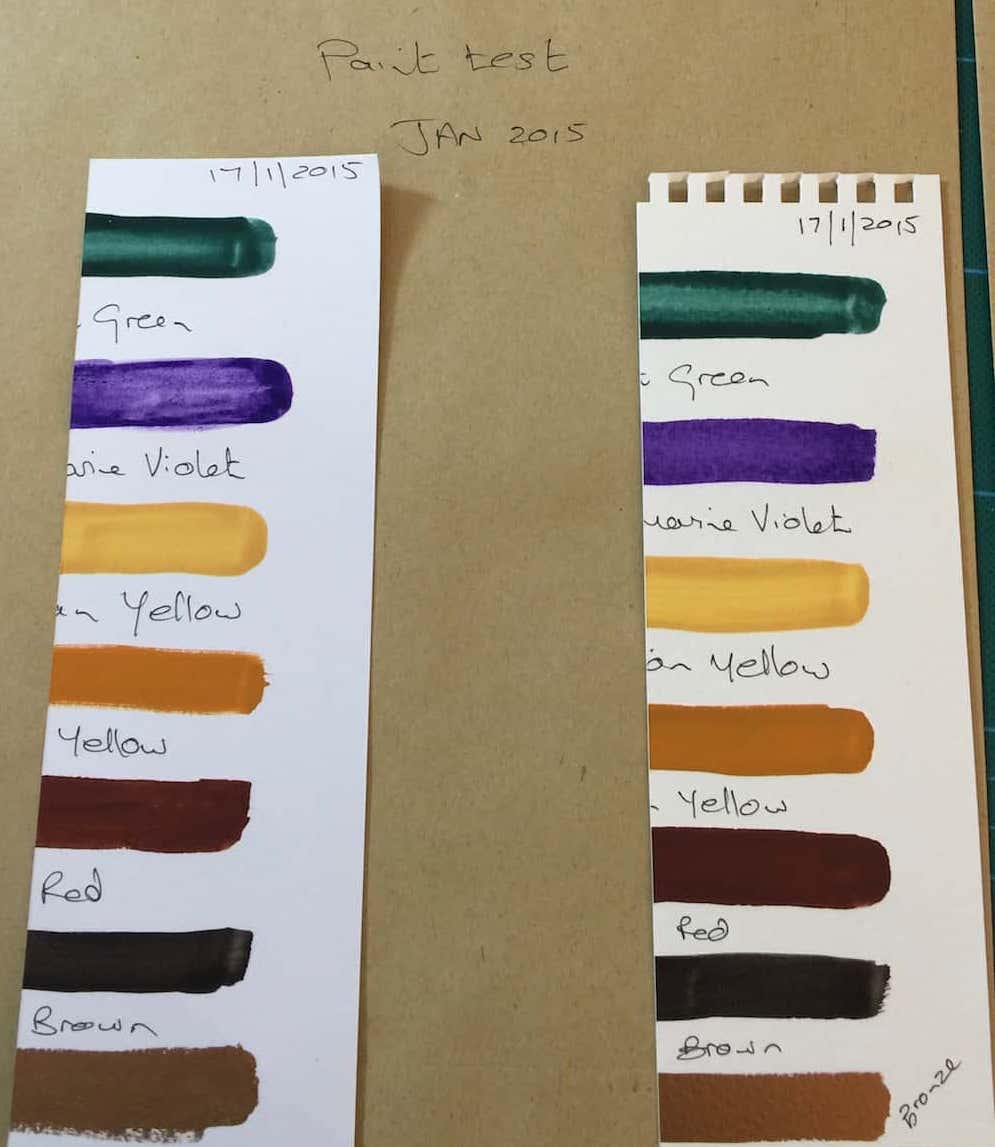
Each sheet was sliced down the middle. Half of each sheet was put in a brown envelope and placed between large books on my bookshelf to block out as much light as possible. The other half of each sheet was positioned on a south facing windowsill where it was exposed to daily sunshine.
Here’s another watercolour project I did way back then: Wash a Week Challenge website.
If you’d like to learn how to paint loose watercolours, sign up for my online course waitlist to be first to know when the next one launches
Testing My Handmade Paints: the conclusion
After two years I went back to my sheets of paper to see how the paints had done. I am thrilled. It worked perfectly.
The paper that had been in the sunlight had yellowed, but the pigment was as vibrant as it had been on the day it was painted. This was obvious when I laid the sheet that had been kept in the dark alongside the sheet that was constantly exposed to bright light. I guess my watercolours are ready to use in earnest.
Share this:
Recent Posts
Recent Comments
- vandy on From pulp to perfection: The art of making watercolour paper
- What Is Watercolor Paper? | Print Wiki on From pulp to perfection: The art of making watercolour paper
- Jessica on Cleaning Used Acrylic Painting Water
- vandy on What my art taught me about myself
- Terri Webster on What my art taught me about myself
Archives
- October 2024
- May 2024
- March 2024
- January 2024
- October 2023
- May 2023
- January 2023
- December 2022
- November 2022
- October 2022
- September 2022
- September 2021
- July 2021
- June 2021
- May 2021
- April 2021
- March 2021
- February 2021
- January 2021
- December 2020
- November 2020
- October 2020
- September 2020
- August 2020
- July 2020
- June 2020
- April 2020
- March 2020
- December 2019
- November 2019
- October 2019


